Patrick Seguin restores Jean Prouvé’s Maison des Jours Meilleurs
An animation by Galerie Patrick Seguin, incorporating archival photographs and computer graphics, showing the design and construction of Jean Prouvé's Maison des Jours Meilleurs (1956)
The winter of 1954 was a particularly harsh one in France. Homeless people were dying in the streets. Abbé Pierre, France’s equivalent of Mother Teresa, made an appeal for donations to build emergency housing. Then he went to see Jean Prouvé, who had proven his skill in dire situations by developing small, prefabricated homes for displaced people after the war.
For the clergyman, Prouvé designed the 'Maison des Jours Meilleurs' - a house for better days. A few men equipped with simple tools could build the house in seven hours. It measured 57 square metres, with two bedrooms and a large living area.
A steel cylindrical element painted olive green contained a kitchen on one side and a bathroom on the other, and also held up the central roof beam. Beechwood panels fitted with windows slid around the periphery to make walls. When Le Corbusier saw it, he wrote: 'Jean Prouvé has built the handsomest house I know: the most perfect object for living in, the most sparkling thing ever constructed.' But the government never approved the project, and only five were ever built.
Three years ago, art dealer Patrick Seguin saw that a Maison des Jours Meilleurs was going up for auction in Nancy, Prouvé’s birthplace, and he snapped it up, believing it to be the last one still in existence. The French dealer has pretty much cornered the market on Prouvé architecture, and now owns around 15 modular houses, most of them unique or very rare. He meticulously restores each one before exhibiting it, often alongside archival photos and explanatory films, saying 'The educational aspect is very important to me.' In the past couple of years he has mounted two for display in the Tuileries gardens - the Ferembal office and the Métropole Aluminium house - and he will show the Métropole again in Basel this June.
A team of builders specialising in Prouvé made the trip from Nancy to Paris earlier this month to assemble the Maison des Jours Meilleurs in Seguin’s lofty gallery, where it will stay until the end of September (he plans to show it at the Gagosian Gallery in Chelsea next spring.) Though the gallery still earns the bulk of its revenue from furniture, Seguin is passionate about the houses - and the lengthy process of reconstructing them. Says the gallerist: 'It’s more exciting than buying a chair on Monday, photographing it Tuesday and selling it on Wednesday.'
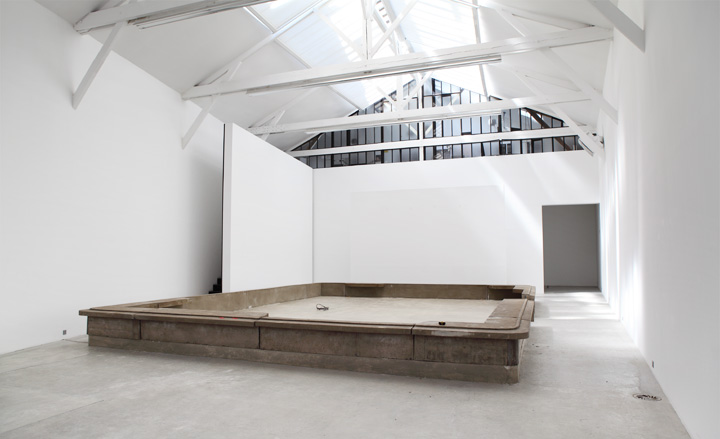
The base of the Maison des Jours Meilleurs in Galerie Patrick Seguin, Paris, where the now completed house is on view until September
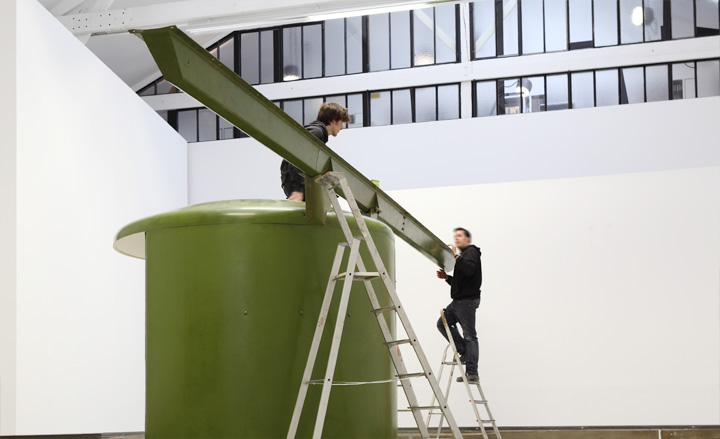
The steel cylindrical element, painted olive green, is put in place. It contains a kitchen on one side and a bathroom on the other, and also holds up the central roof beam
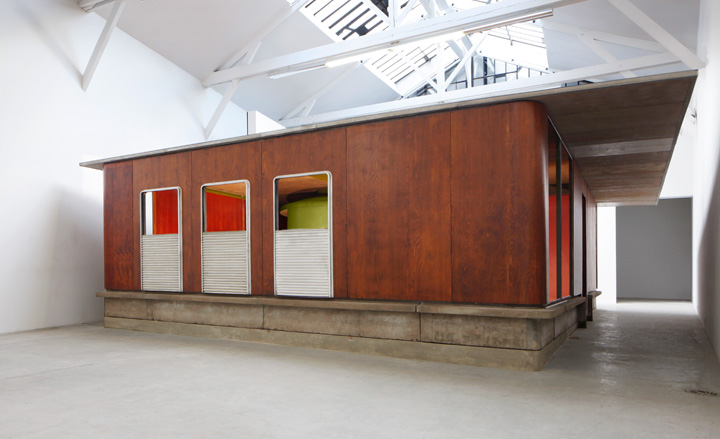
The fully restored and reconstructed house in Galerie Patrick Seguin.
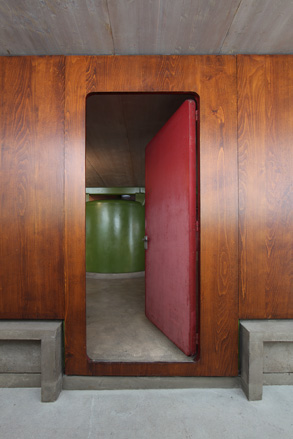
A sneak preview of the interior of the house from outside
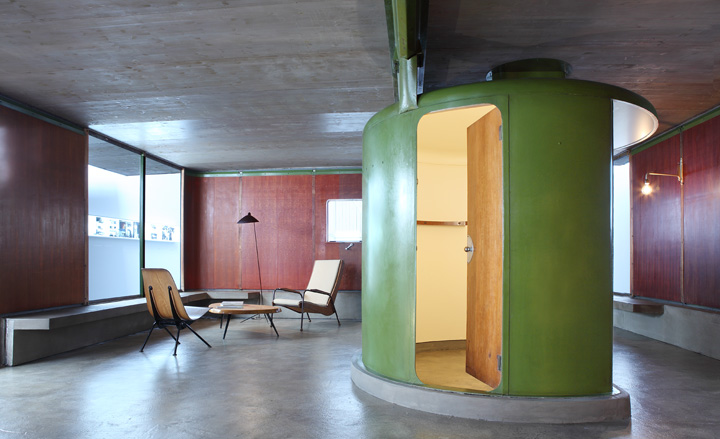
The interior of the house featuring the olive green cylindrical element that houses the bathroom and the kitchen
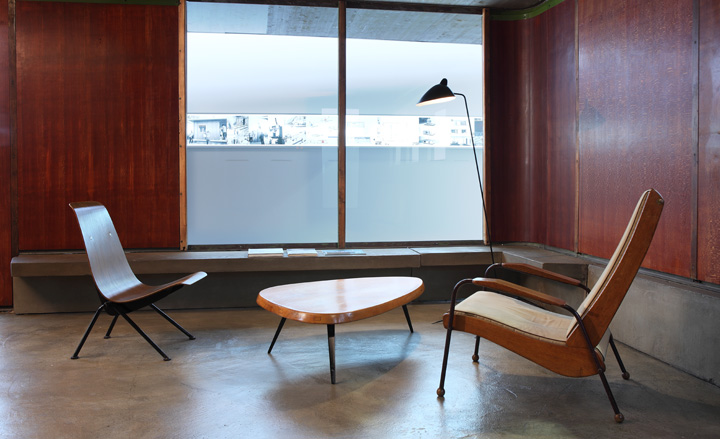
The interior of the house featuring a selection of Prouvé furniture
ADDRESS
Galerie Patrick Seguin
5 rue des Taillandiers
75011, Paris
Wallpaper* Newsletter
Receive our daily digest of inspiration, escapism and design stories from around the world direct to your inbox.
-
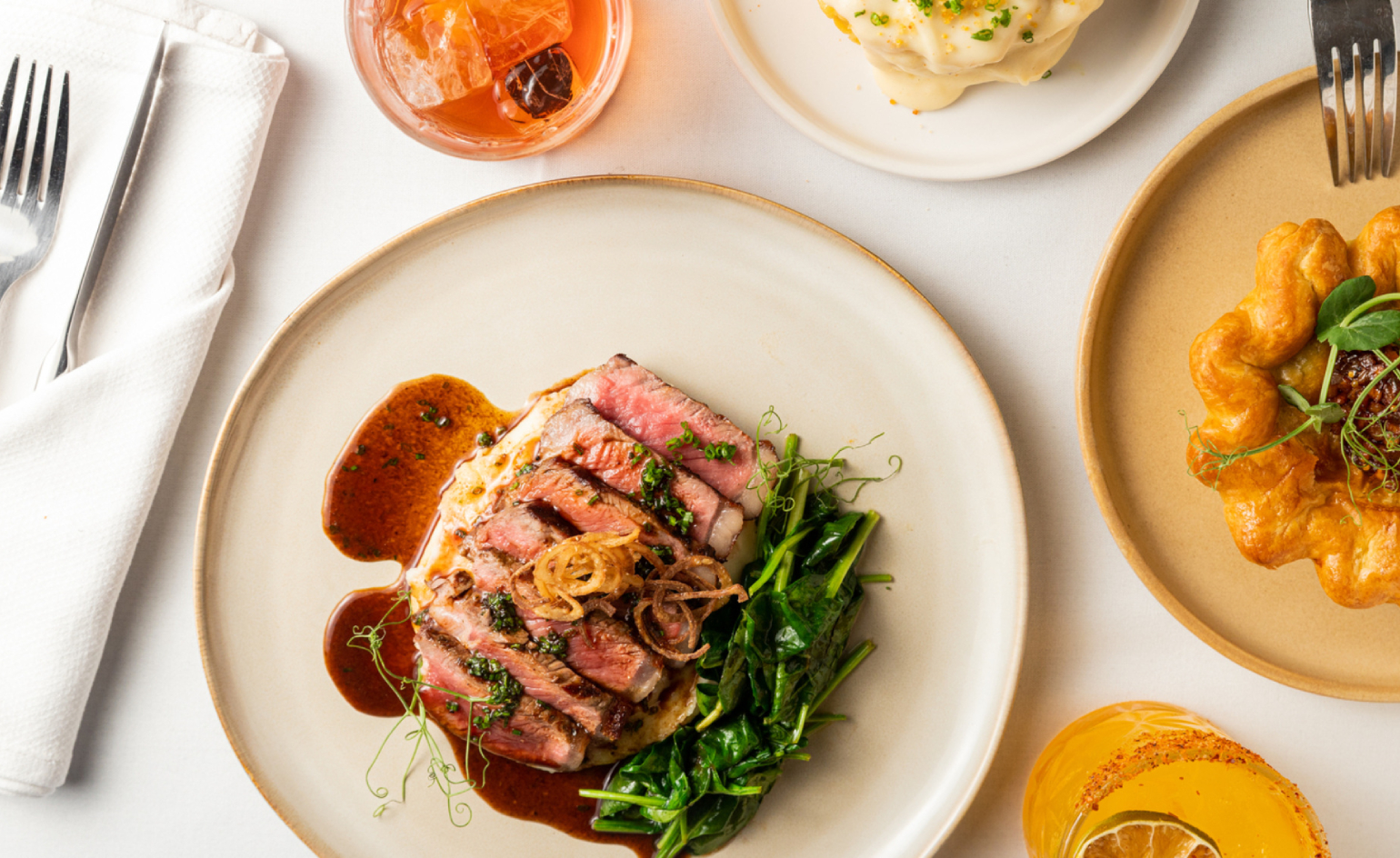 At Linden Los Angeles, classic New York comfort food gets its due
At Linden Los Angeles, classic New York comfort food gets its dueThe restaurant, inspired by a stretch of boulevard bridging Brooklyn and Queens, honors legacy, community and pleasure
By Carole Dixon Published
-
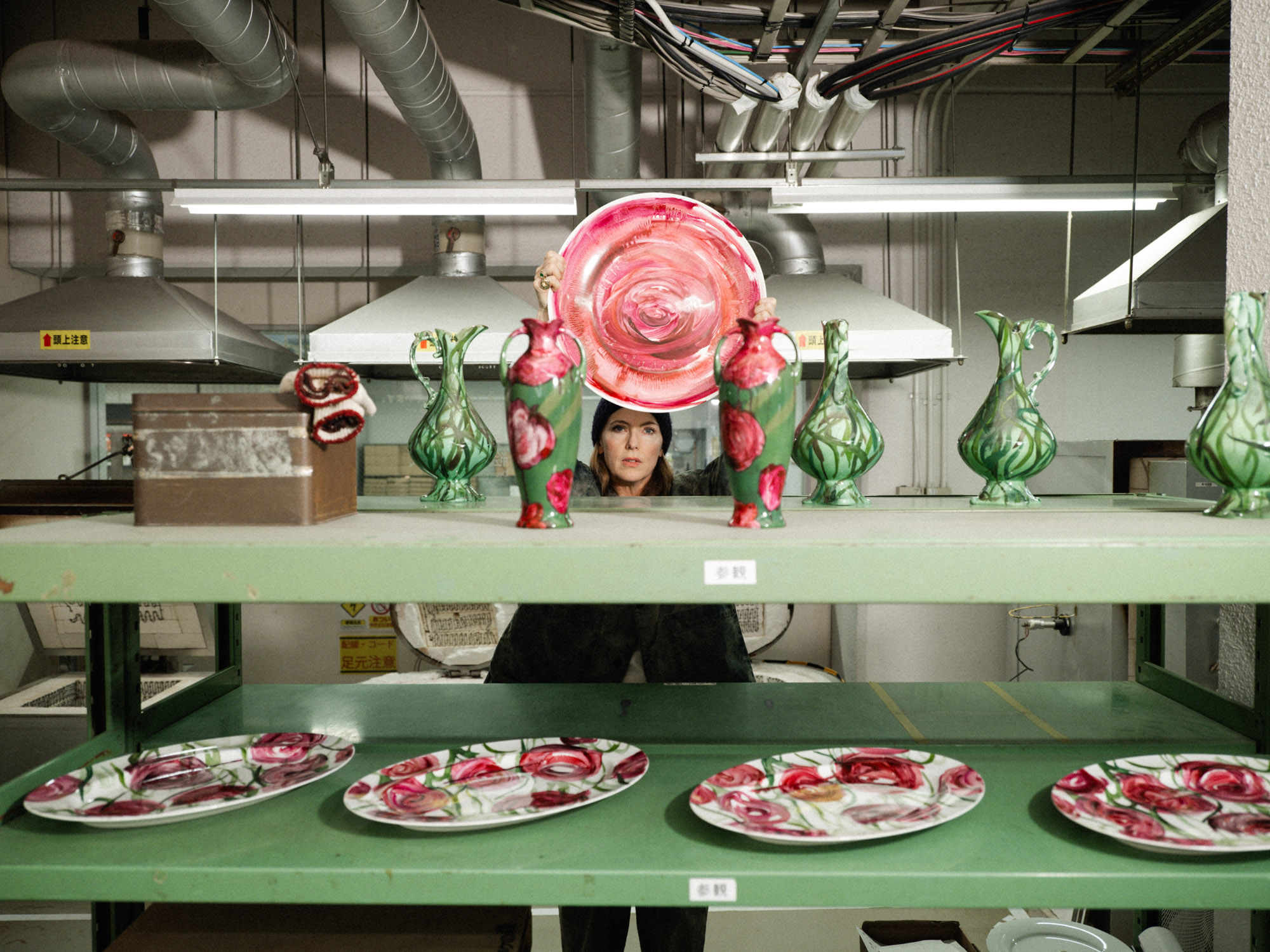 Faye Toogood comes up roses at Milan Design Week 2025
Faye Toogood comes up roses at Milan Design Week 2025Japanese ceramics specialist Noritake’s design collection blossoms with a bold floral series by Faye Toogood
By Danielle Demetriou Published
-
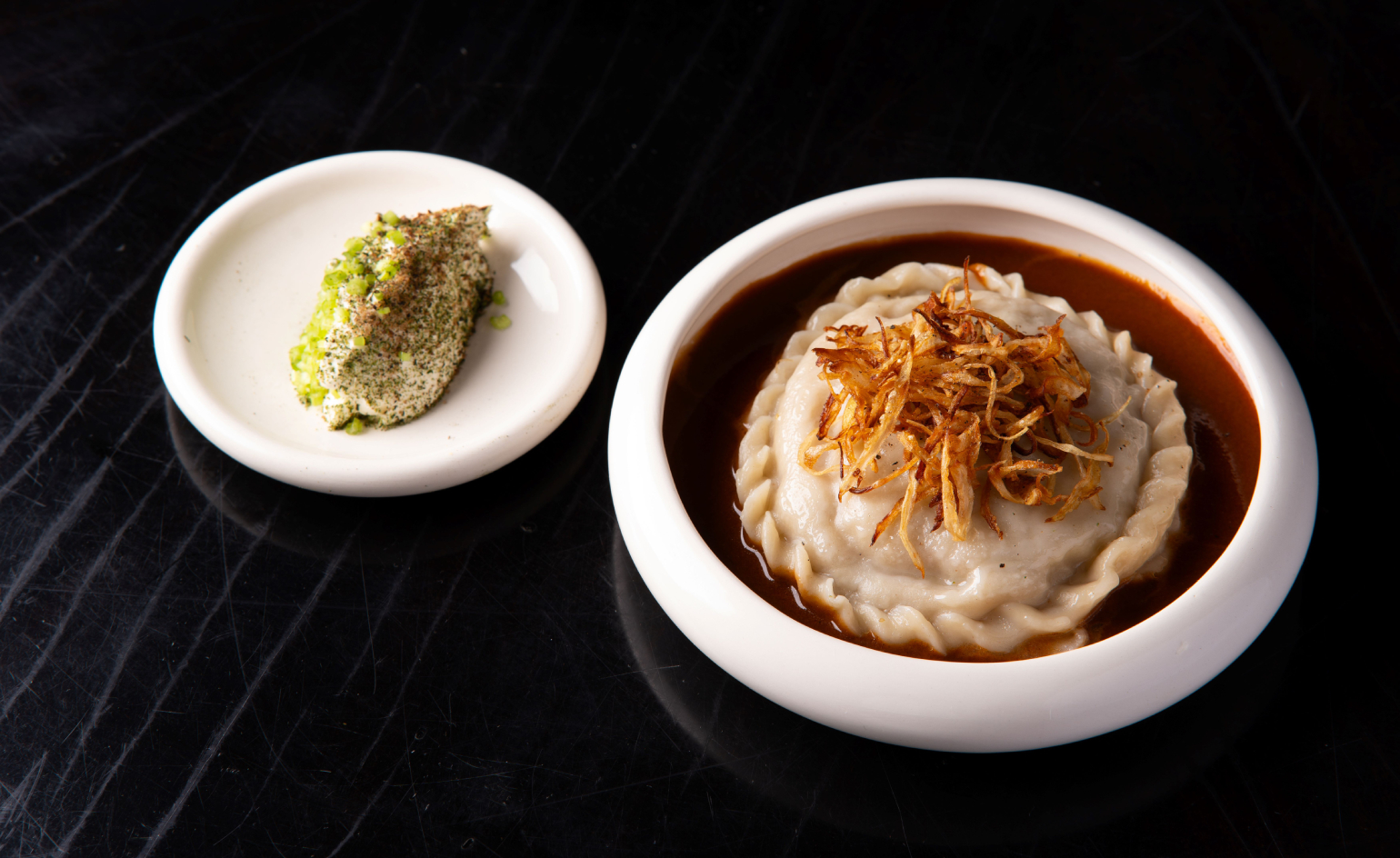 Tatar Bunar puts Ukrainian heritage front and centre
Tatar Bunar puts Ukrainian heritage front and centreFamily recipes and contemporary design merge at this new east London restaurant by Ukrainian restaurateurs Anna Andriienko and Alex Cooper
By Ben McCormack Published
-
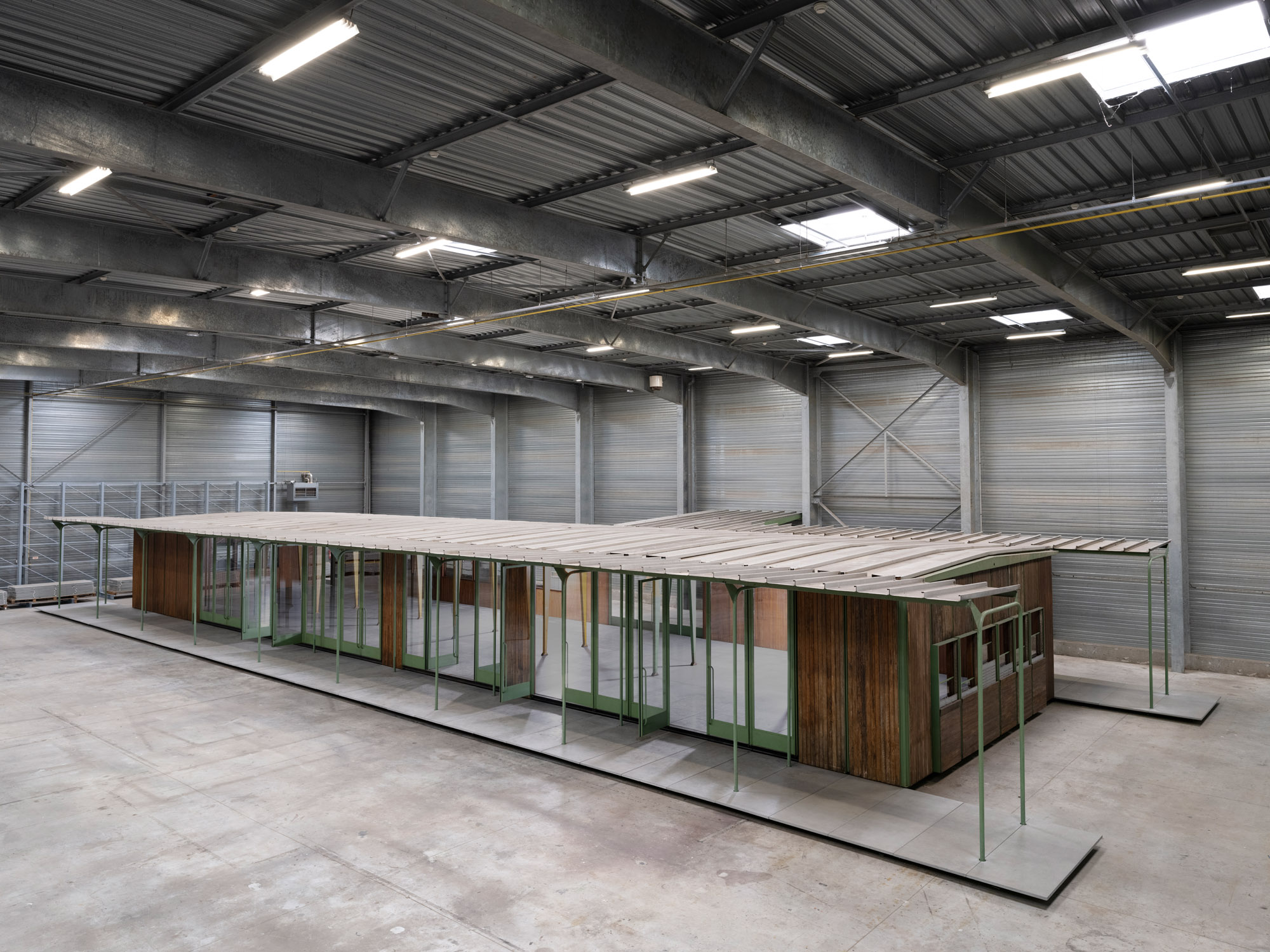 Croismare school, Jean Prouvé’s largest demountable structure, could be yours
Croismare school, Jean Prouvé’s largest demountable structure, could be yoursJean Prouvé’s 1948 Croismare school, the largest demountable structure ever built by the self-taught architect, is up for sale
By Amy Serafin Published
-
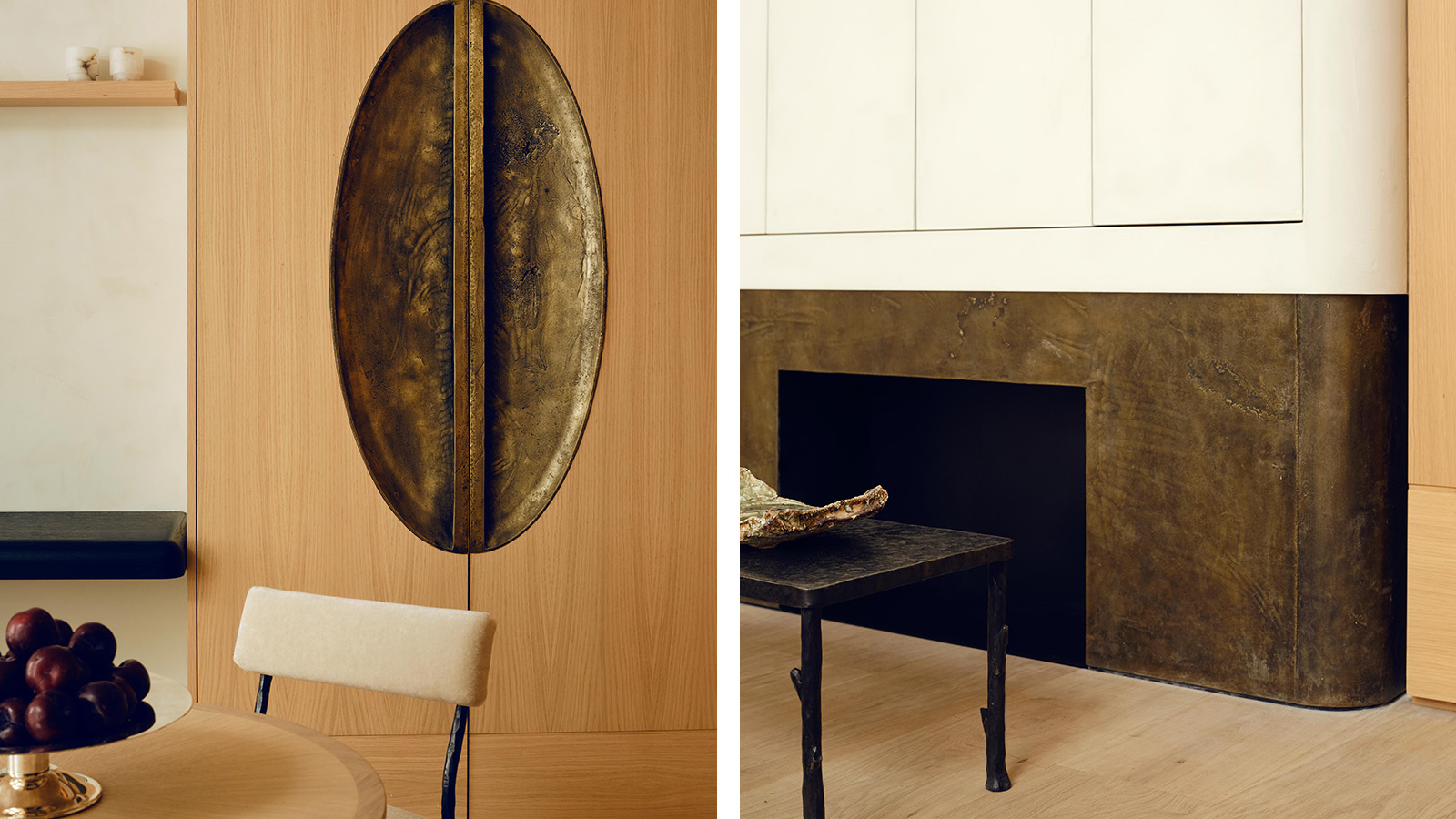 Stay in a Parisian apartment which artfully balances minimalism and warmth
Stay in a Parisian apartment which artfully balances minimalism and warmthTour this pied-a-terre in the 7th arrondissement, designed by Valeriane Lazard
By Ellie Stathaki Published
-
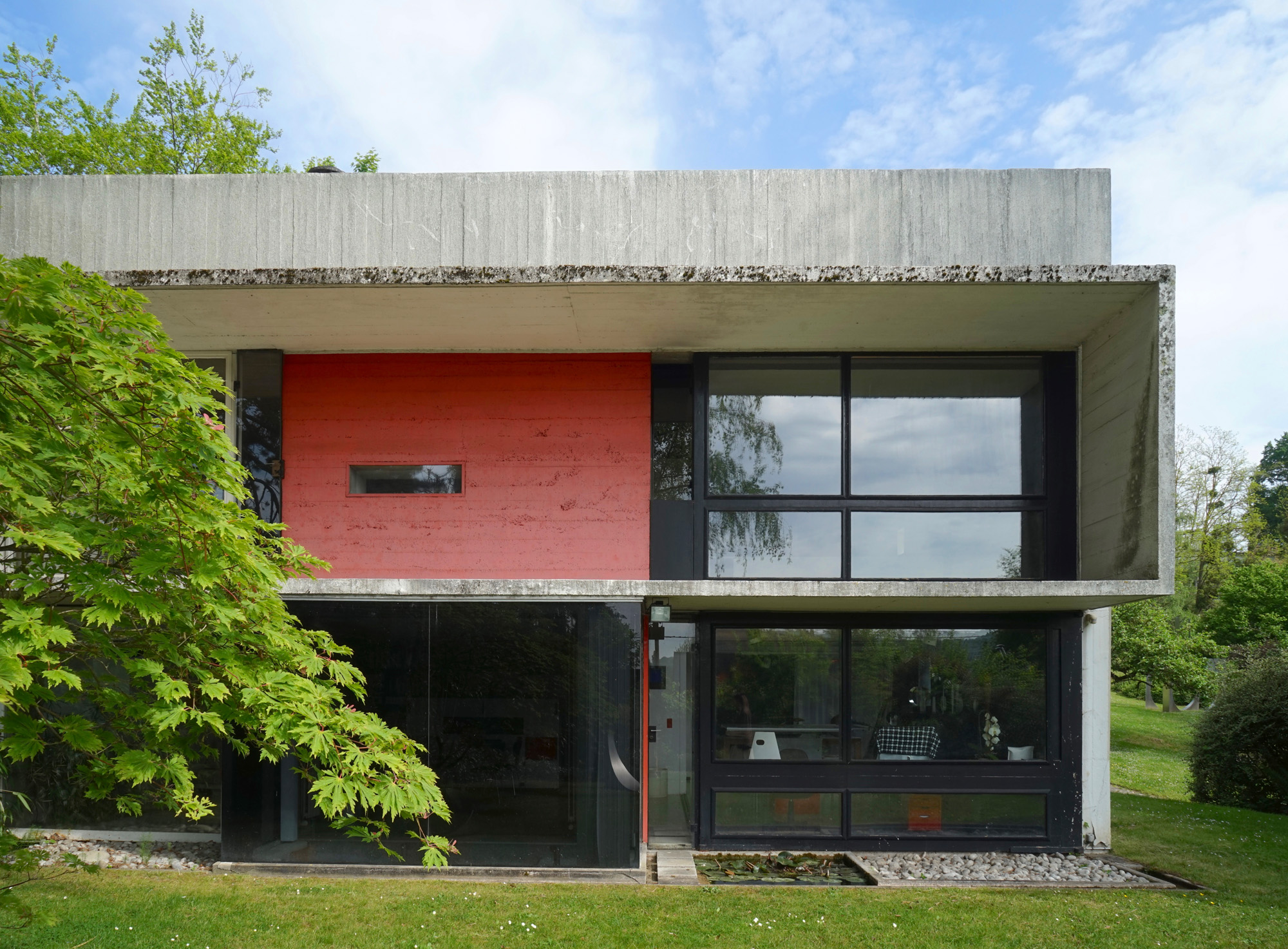 Marta Pan and André Wogenscky's legacy is alive through their modernist home in France
Marta Pan and André Wogenscky's legacy is alive through their modernist home in FranceFondation Marta Pan – André Wogenscky: how a creative couple’s sculptural masterpiece in France keeps its authors’ legacy alive
By Adam Štěch Published
-
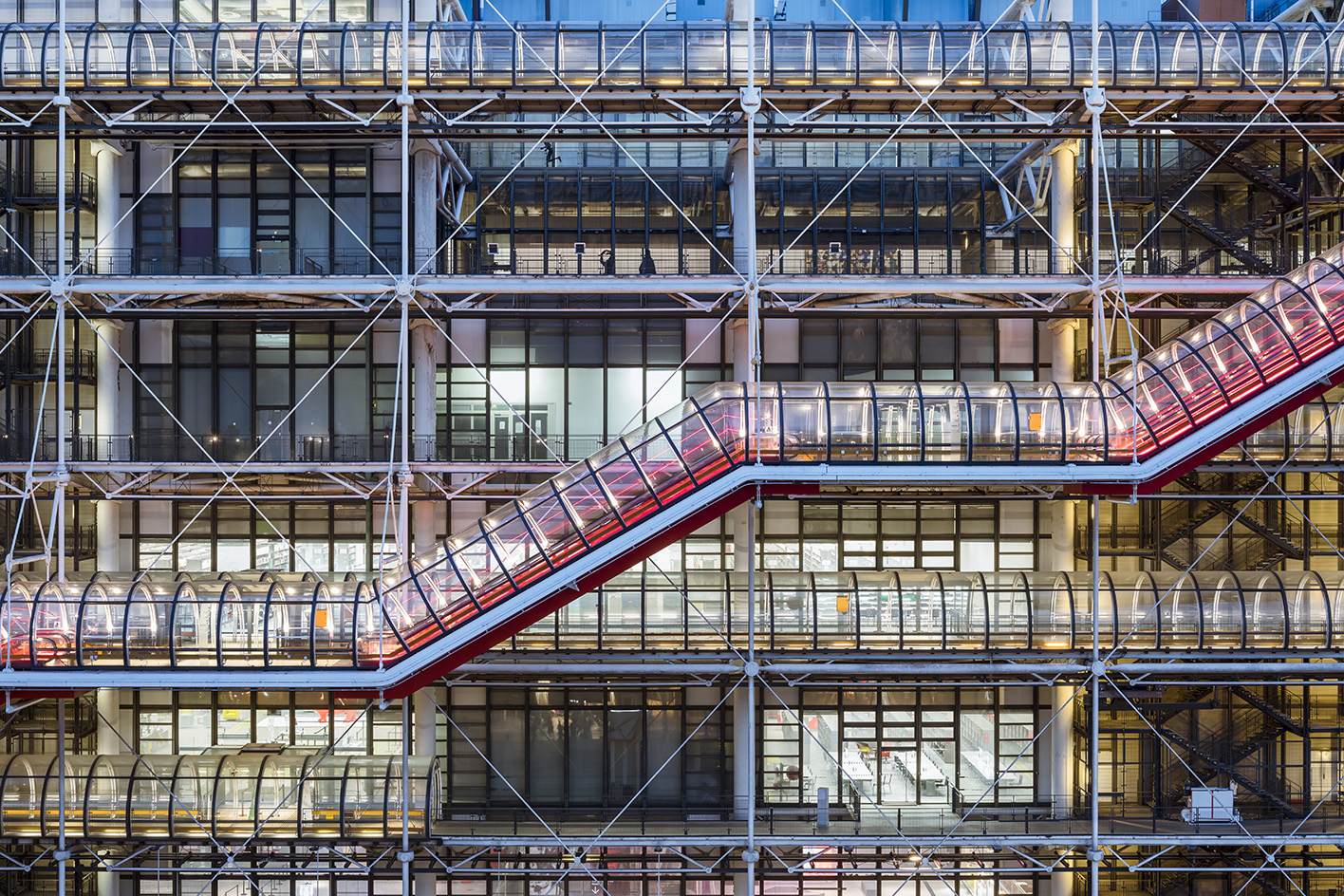 The museum of the future: how architects are redefining cultural landmarks
The museum of the future: how architects are redefining cultural landmarksWhat does the museum of the future look like? As art evolves, so do the spaces that house it – pushing architects to rethink form and function
By Katherine McGrath Published
-
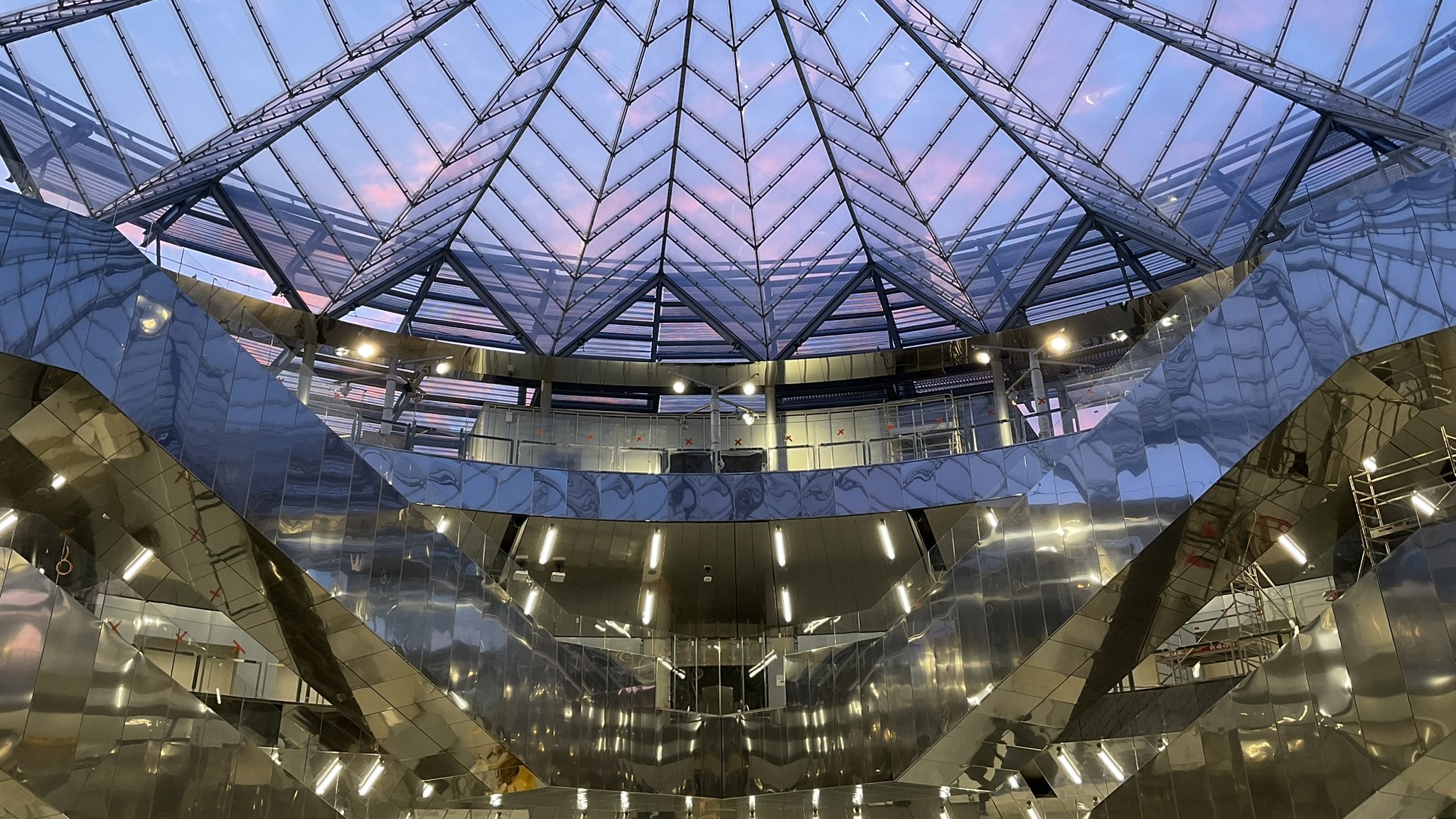 Paris’ architecturally fascinating Villejuif-Gustave Roussy metro station is now open
Paris’ architecturally fascinating Villejuif-Gustave Roussy metro station is now openVillejuif-Gustave Roussy is part of the new Grand Paris Express, a transport network that will raise the architectural profile of the Paris suburbs
By Anna Solomon Published
-
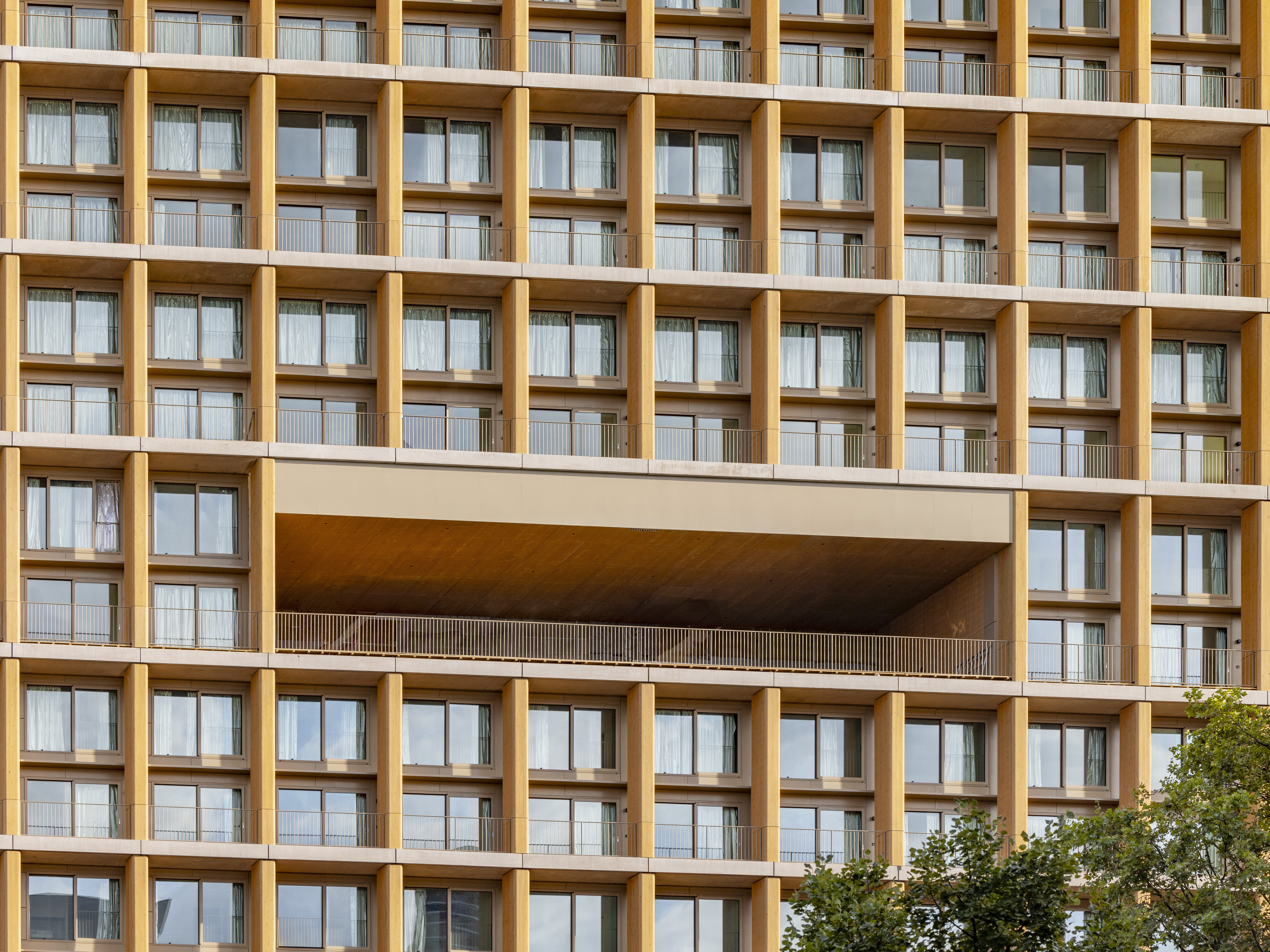 Explore wood architecture, Paris' new timber tower and how to make sustainable construction look ‘iconic’
Explore wood architecture, Paris' new timber tower and how to make sustainable construction look ‘iconic’A new timber tower brings wood architecture into sharp focus in Paris and highlights ways to craft buildings that are both sustainable and look great: we spoke to project architects LAN, and explore the genre through further examples
By Amy Serafin Published
-
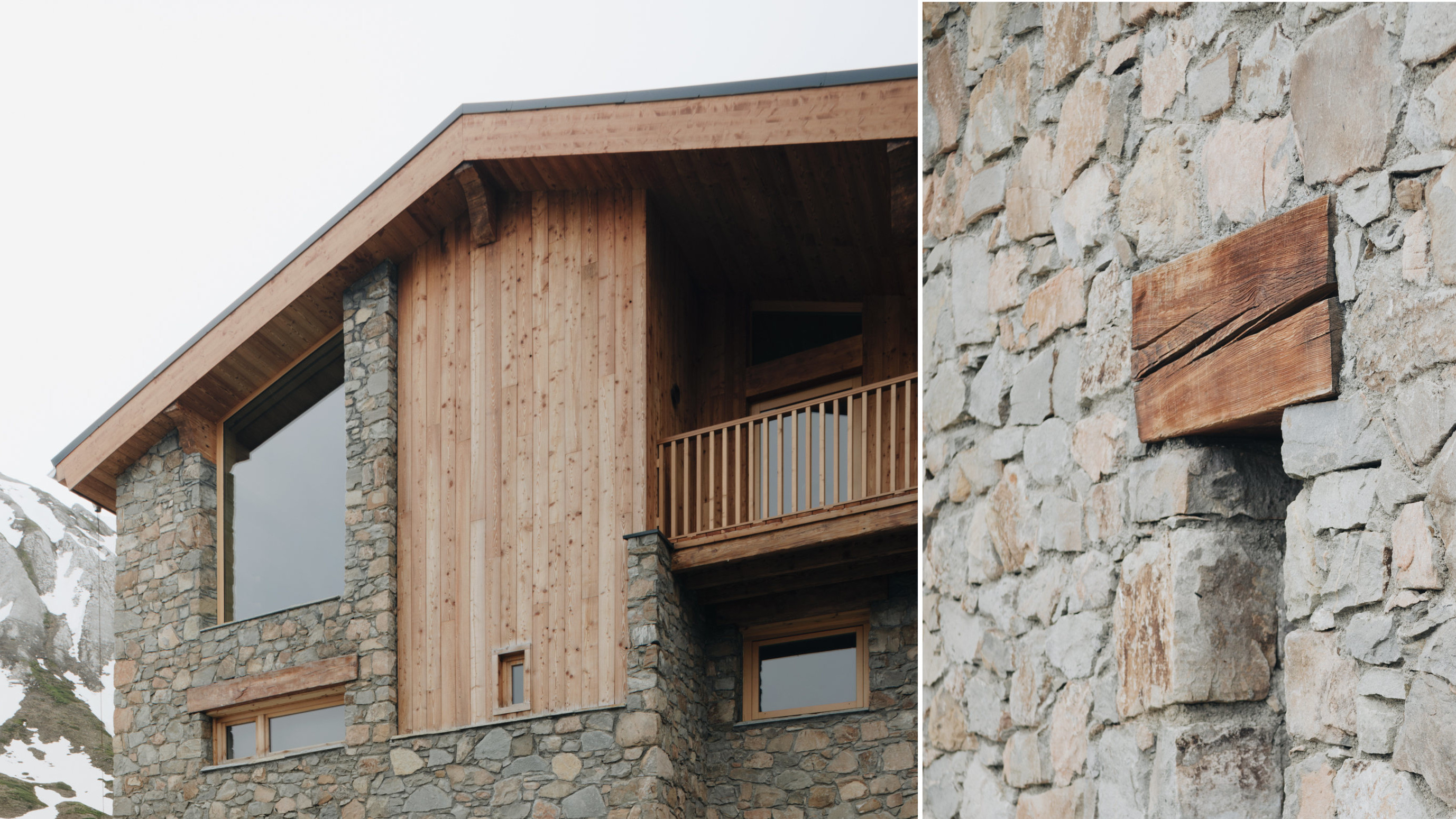 A transformed chalet by Studio Razavi redesigns an existing structure into a well-crafted Alpine retreat
A transformed chalet by Studio Razavi redesigns an existing structure into a well-crafted Alpine retreatThis overhauled chalet in the French Alps blends traditional forms with a highly bespoke interior
By Jonathan Bell Published
-
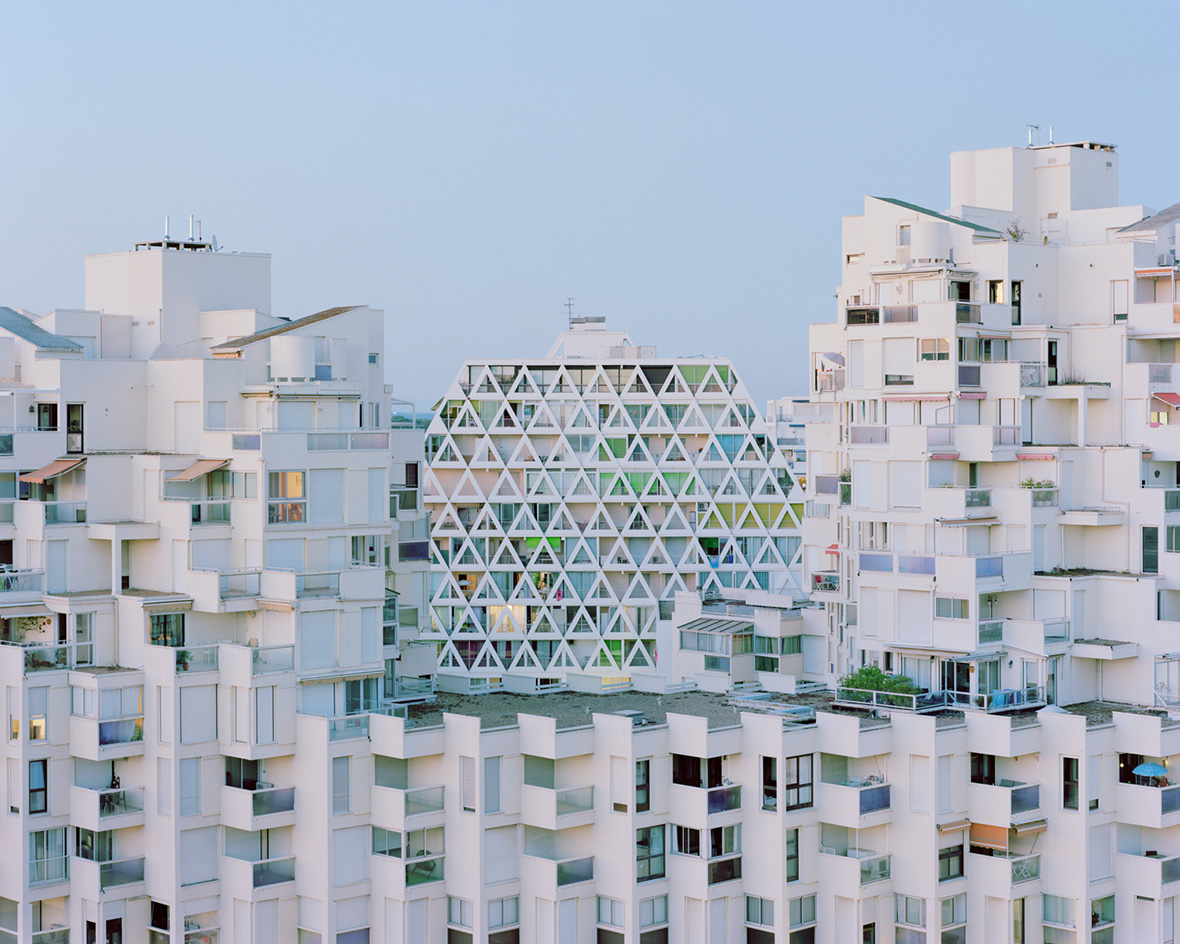 La Grande Motte: touring the 20th-century modernist dream of a French paradise resort
La Grande Motte: touring the 20th-century modernist dream of a French paradise resortLa Grande Motte and its utopian modernist dreams, as seen through the lens of photographers Laurent Kronental and Charly Broyez, who spectacularly captured the 20th-century resort community in the south of France
By Ellie Stathaki Published